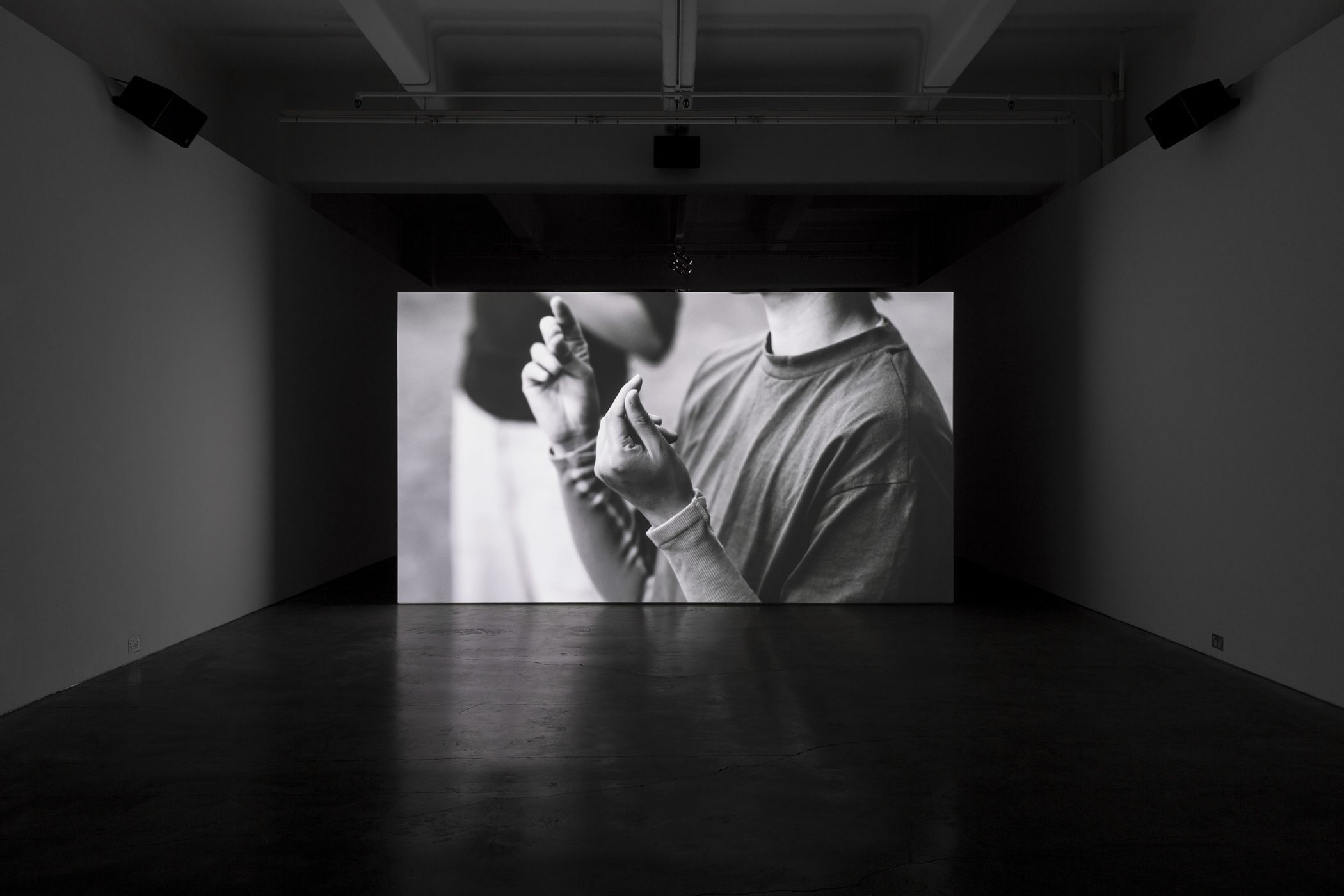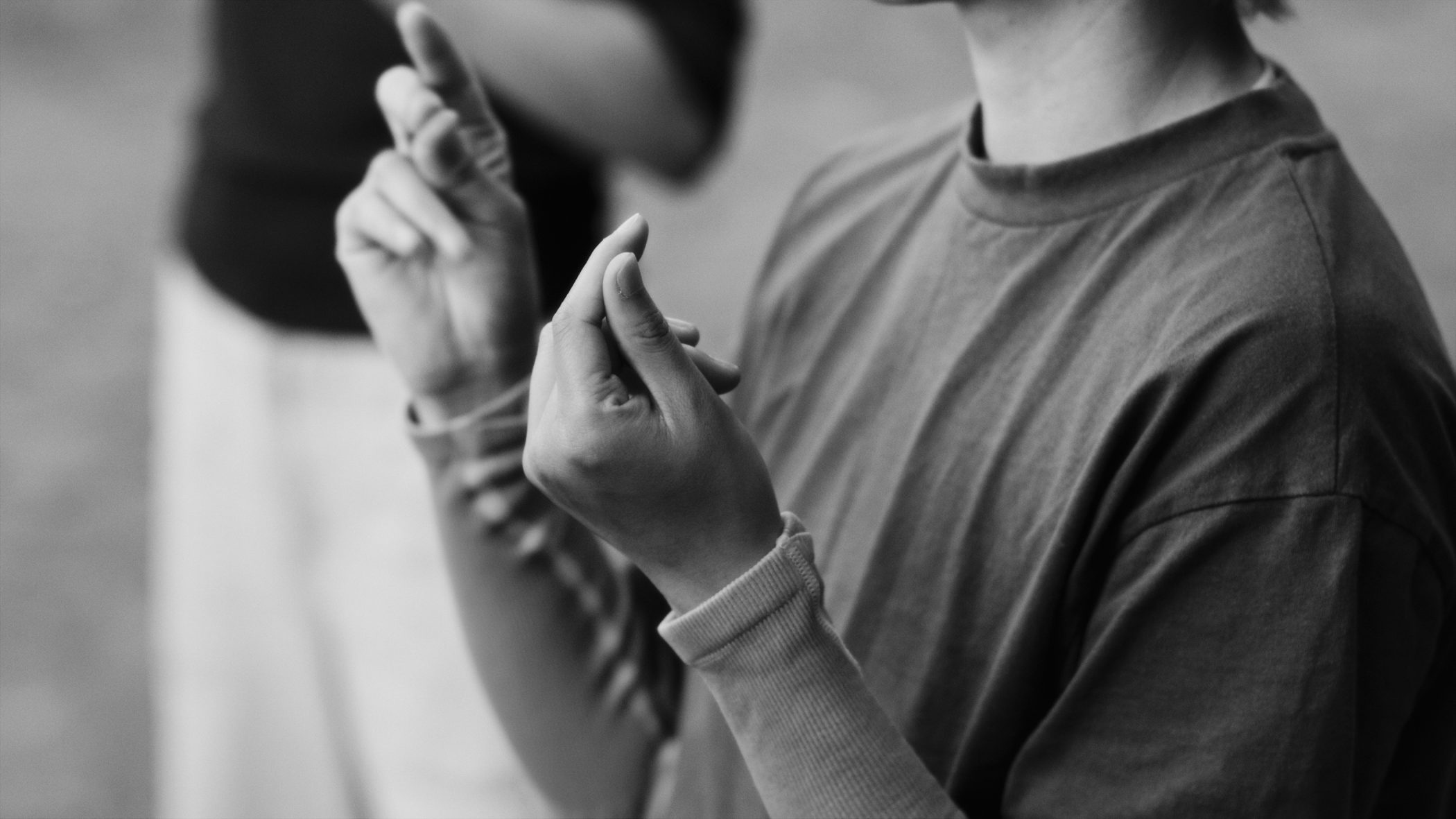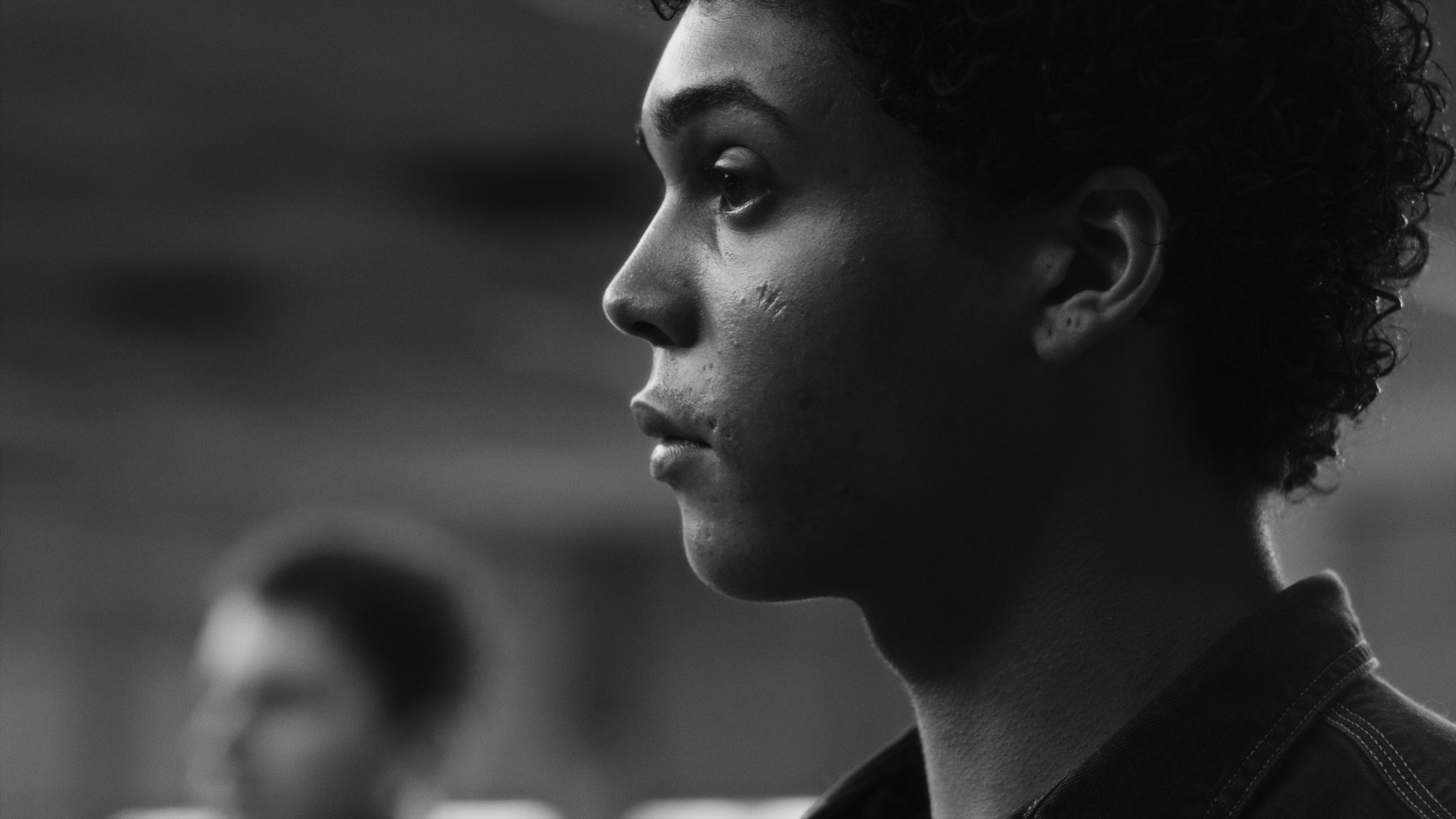Angelica Mesiti
Future Perfect Continuous
30th July – 8th October 2022
Anna Schwartz Gallery
When I close my eyes, I can remember the sound. We sat in a circle, listening. We began by rubbing our hands together. After some time, one of us started snapping our fingers. The others followed. Slowly at first, then faster. We continued to build volume by clapping our fingers against our palms. Finally, as the crescendo of claps grew, we cupped our hands and hit our thighs. We repeated this gesture for several moments at maximum intensity, then reversed the sequence, gradually letting the noise die down. If we kept our eyes closed, we could imagine the sound of a rainstorm: first a slow drizzle, then falling drops, then a downpour.
This exercise was one I did every summer growing up, camping with groups of kids in the wilderness. We learned to listen to our environment and to each other. We learned to create quiet and to create noise. We learned that we could create something together that was impossible to do on our own. An individual snapping their fingers is unremarkable, but collectively this gesture can become the weather.
Future Perfect Continuous, captures this activity. Shot in black and white, the film is a montage of hands performing the gestures that collectively and convincingly mimic the sound of rain— rubbing, snapping, clapping, slapping. The soundtrack is composed solely of the sounds generated by performers’ hands. The camera moves between their hands and faces as they listen to each other. As with several of Mesiti’s earlier works, the possibility of collectivity is a recurrent theme. Here she brings together a diverse cast of people in their early 20s, at the start of their adult life. We can imagine them leaving home and entering society, forming new communities, perhaps voting for the first time.
In the gallery, viewers enter the installation facing an unfinished wall, while the ambient sound plays. Projected on the other side of the wall is the film, rendering a significant and intentional delay between the revelation of the image to the sound; an opportunity to speculate and wonder, to listen and imagine a rainstorm before seeing the human hands which fabricate it.
Mesiti’s film is paired with images of fossilised rain prints; imprints of raindrops preserved in stone from storms that occurred millions of years ago. Sourced online, printed in black and white and further photographed against coloured backdrops, the images appear accurate and uncanny at the same time, with the shadows of the rocks cast too evenly to be plausible. In reality these are shadows of the printed paper edge. These are photographs of photographs, a trompe l’oeil, an illusion that functions at a distance and dissolves upon closer inspection, similar to the experience of the film.
The title for Mesiti’s work, Future Perfect Continuous, describes a verb tense for actions that continue up until a point in the future. By tomorrow, it will have been raining continuously for a week. It is a specific grammatical construction for a time that projects forwards in anticipation of events that have not yet happened, but will likely happen. It is speculative and real at the same time. This continuum is similarly embodied in the exercise of‘deep listening’, the term coined by composer Pauline Oliveros to describe a practice of elevated attunement. It is an exercise in“learning to expand the perception of sounds to include the whole space/time continuum of sound…” To listen is to be aware of oneself in time, in space, and as part of the collective whole.
Angelica Mesiti’s Future Perfect Continuous evokes an unusual conflation of time, a sort of retrospective futurism. This temporal aesthetic is evoked both in the background colour palette of the rain-fossil photographs, echoing traditional, scholarly modes of geological documentation and by the filming in black and white of the mid-century architectural setting in a site under construction.
This is not a representation of rain so much as the memory of rain, rendered through imprint (fossils) and imitation (rain-making). It takes place in an unspecified future: the space/time continuum of Oliveros’ Deep Listening. Perhaps this is a time when rain no longer exists, and only its memory remains.
Kathleen Ritter, 2022
Images

Angelica Mesiti
Future Perfect Continuous, 2022
HD video, 16:9, black and white, surround sound
Installation view, Anna Schwartz Gallery, Melbourne
Photography: Christian Capurro
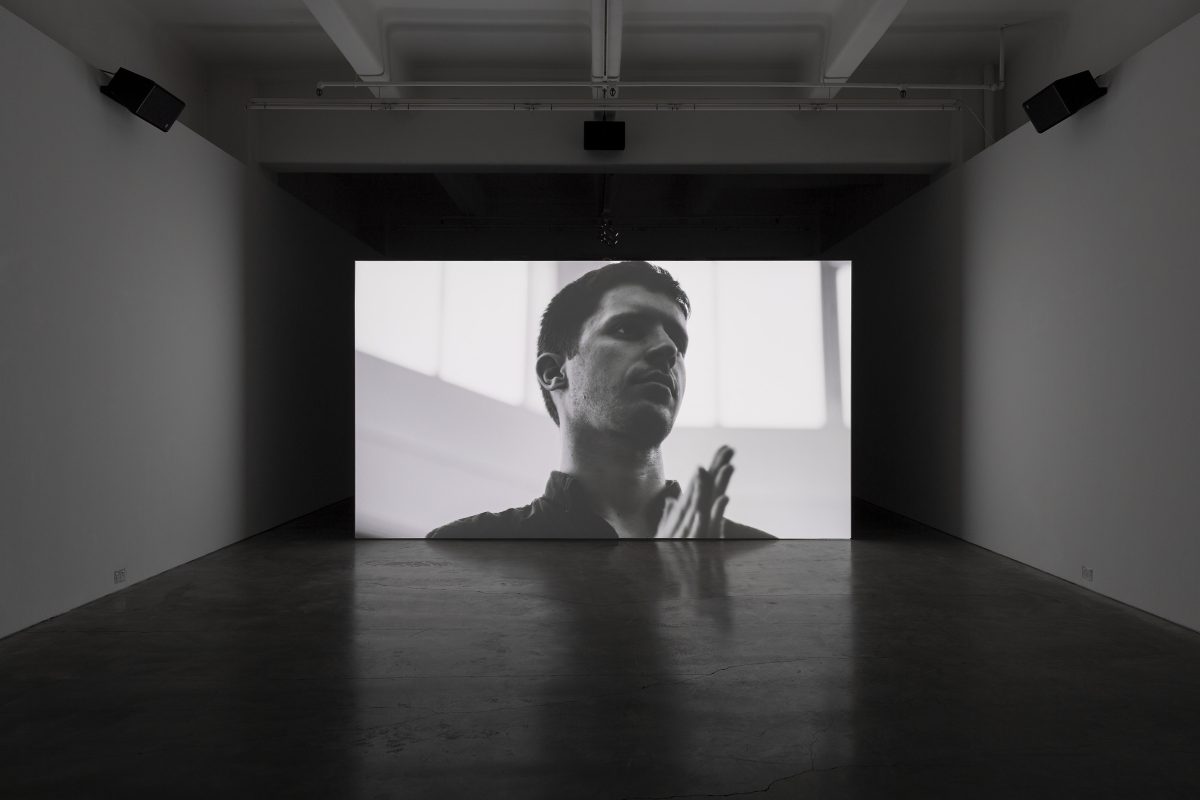
Angelica Mesiti
Future Perfect Continuous, 2022
HD video, 16:9, black and white, surround sound
Installation view, Anna Schwartz Gallery, Melbourne
Photography: Christian Capurro

Angelica Mesiti
Future Perfect Continuous, 2022
HD video, 16:9, black and white, surround sound
Installation view, Anna Schwartz Gallery, Melbourne
Photography: Christian Capurro
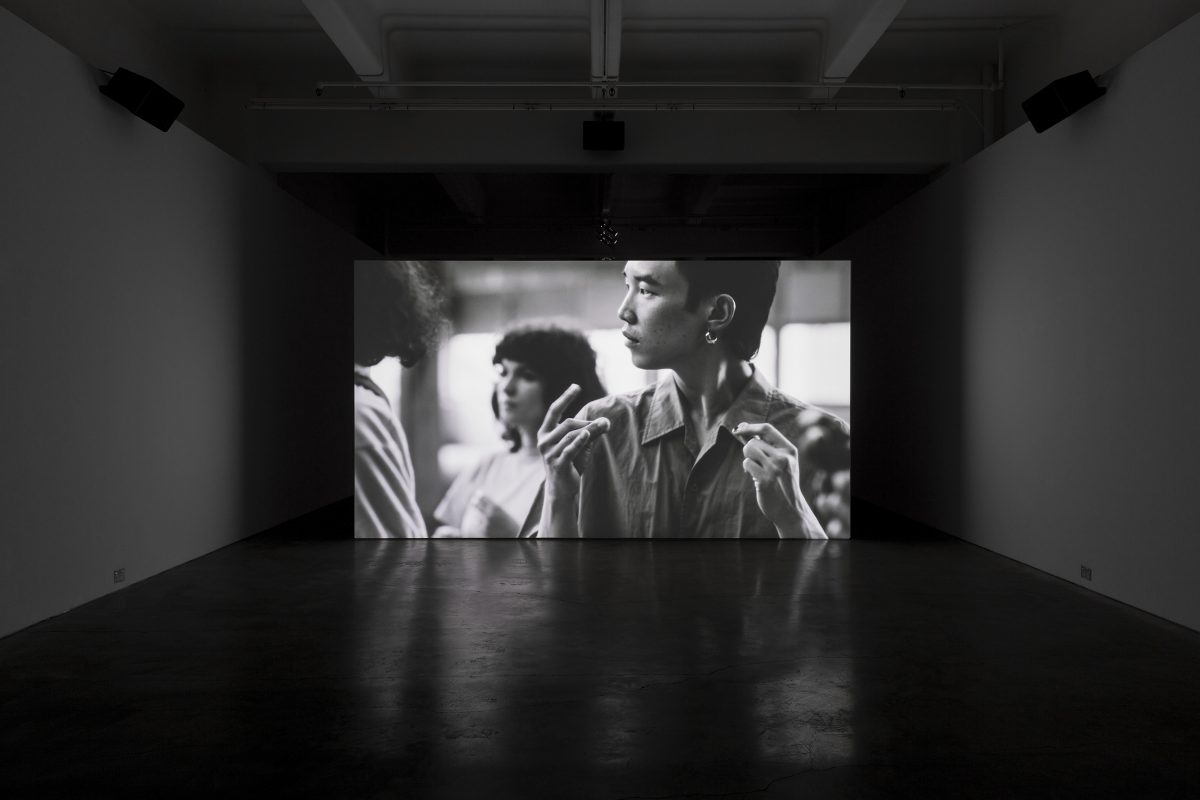
Angelica Mesiti
Future Perfect Continuous, 2022
HD video, 16:9, black and white, surround sound
Installation view, Anna Schwartz Gallery, Melbourne
Photography: Christian Capurro
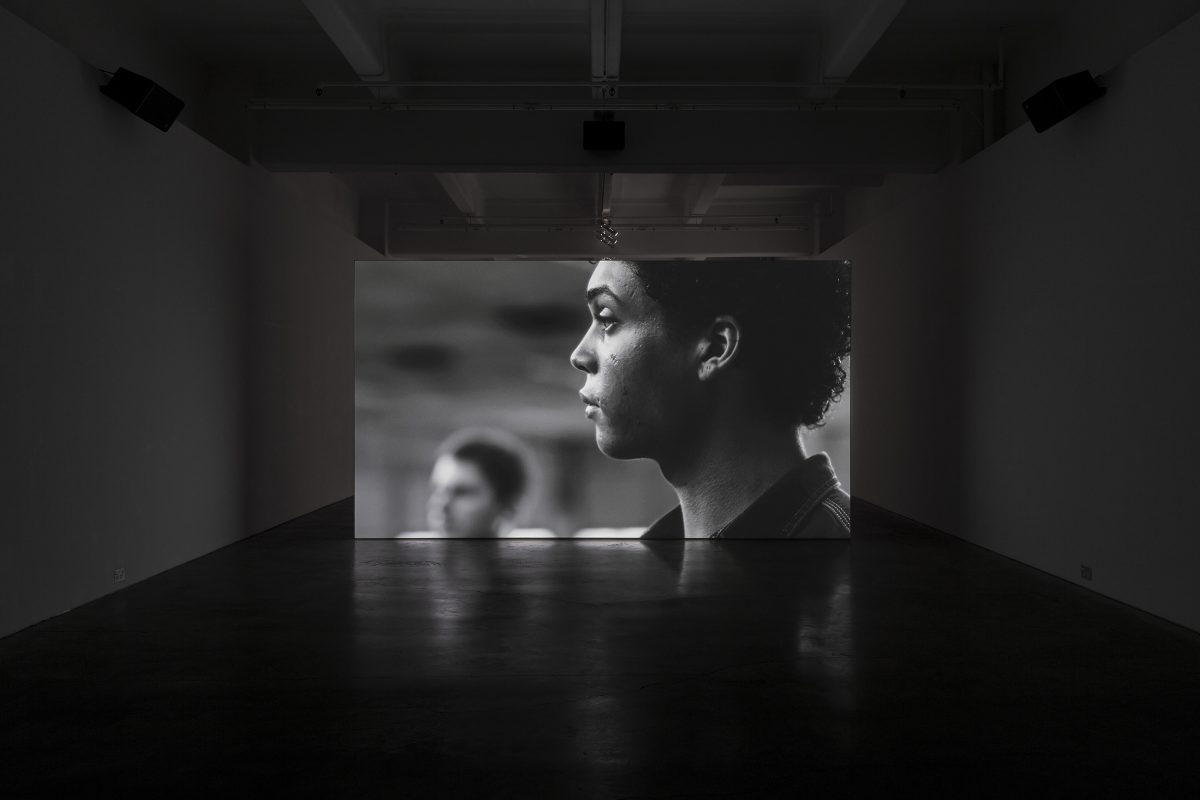
Angelica Mesiti
Future Perfect Continuous, 2022
HD video, 16:9, black and white, surround sound
Installation view, Anna Schwartz Gallery, Melbourne
Photography: Christian Capurro

Angelica Mesiti
Future Perfect Continuous, 2022
HD video, 16:9, black and white, surround sound
Installation view, Anna Schwartz Gallery, Melbourne
Photography: Christian Capurro
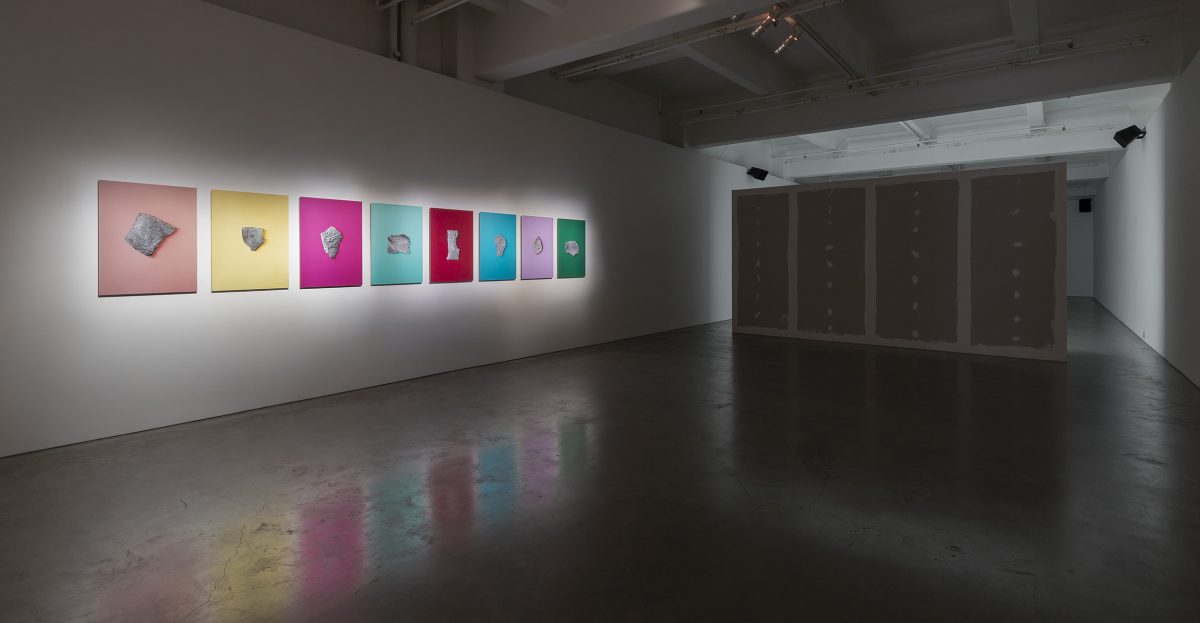
Angelica Mesiti
Future Perfect Continuous, 2022
HD video, 16:9, black and white, surround sound
Installation view, Anna Schwartz Gallery, Melbourne
Photography: Christian Capurro
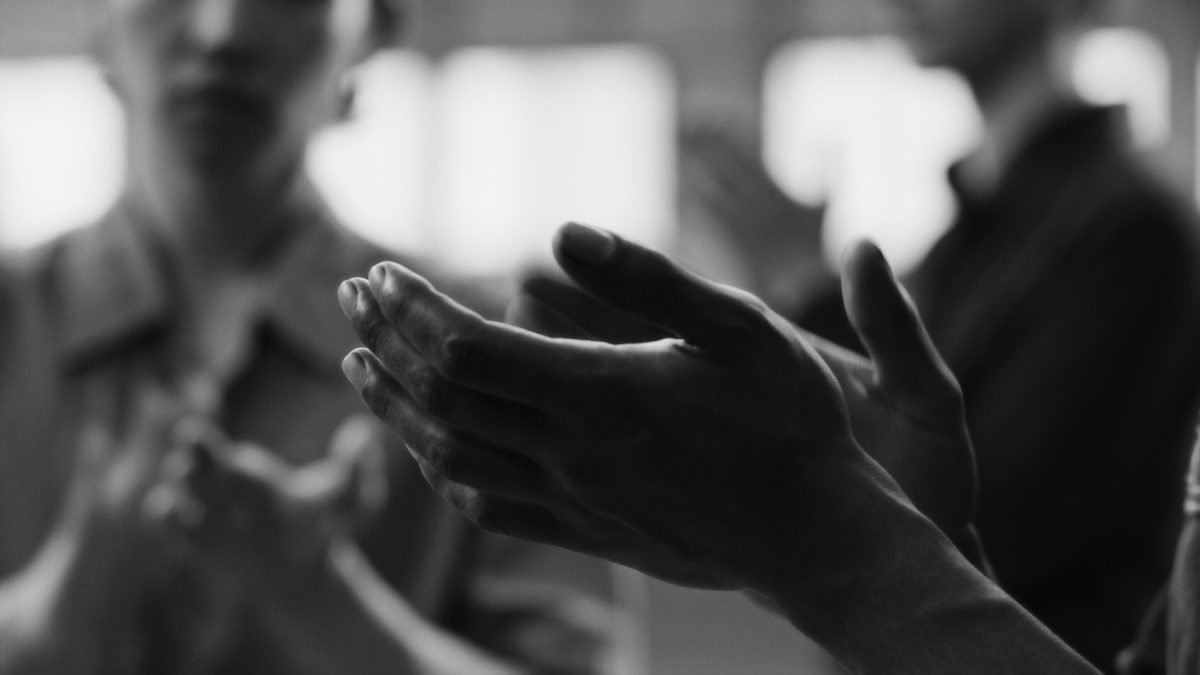
Angelica Mesiti
Future Perfect Continuous, 2022
(still) HD video, 16:9, black and white, surround sound
8 minutes 08 seconds
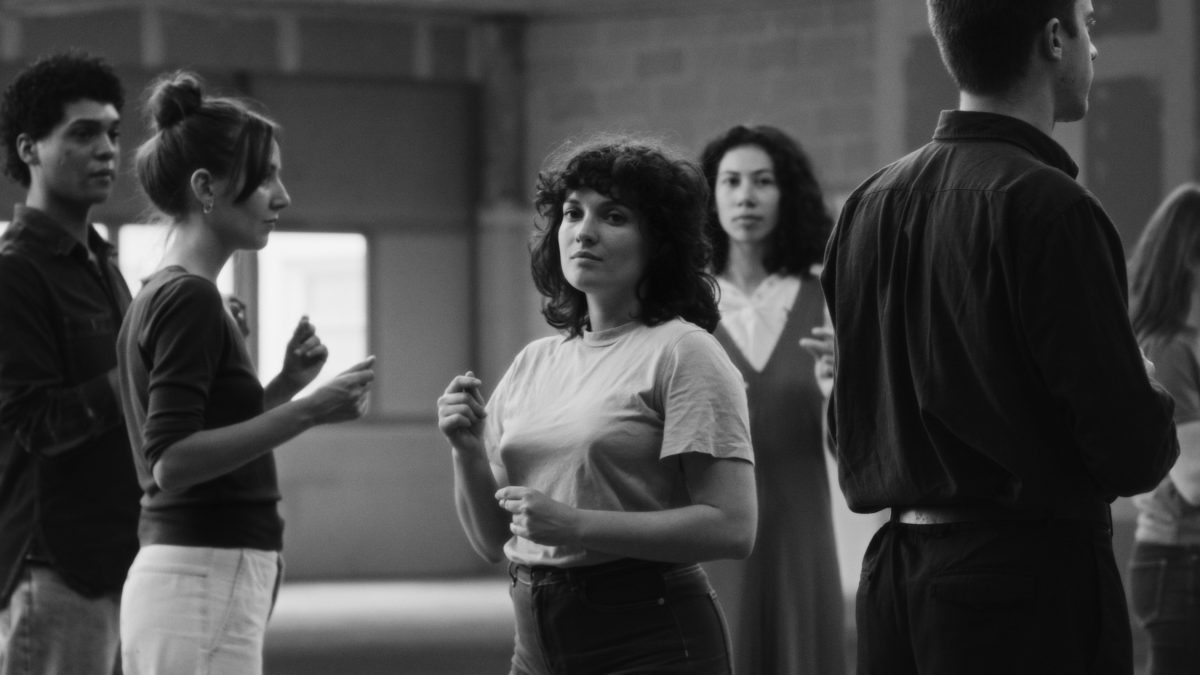
Angelica Mesiti
Future Perfect Continuous, 2022
(still) HD video, 16:9, black and white, surround sound
8 minutes 08 seconds
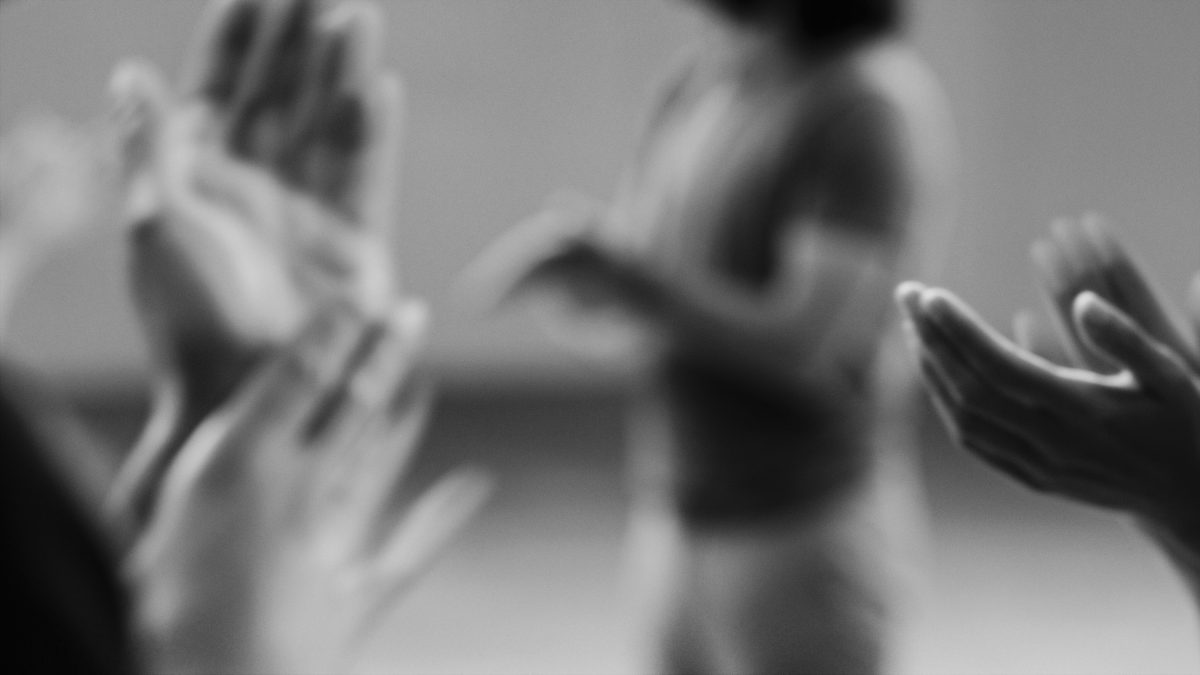
Angelica Mesiti
Future Perfect Continuous, 2022
(still) HD video, 16:9, black and white, surround sound
8 minutes 08 seconds
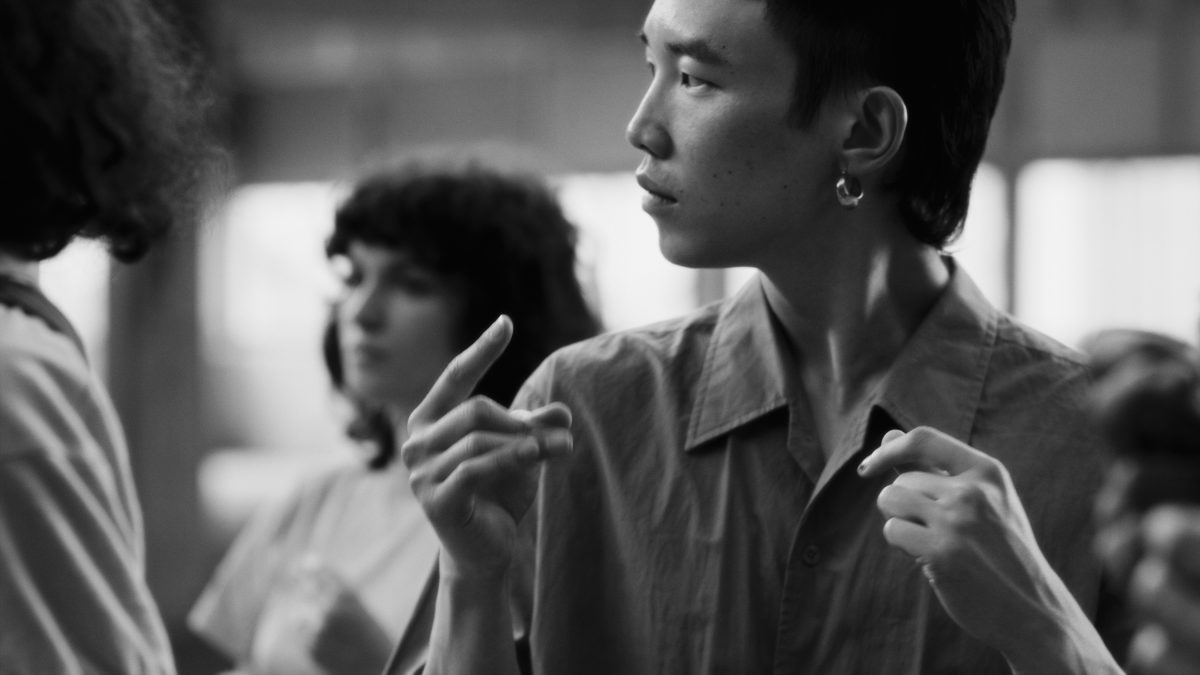
Angelica Mesiti
Future Perfect Continuous, 2022
(still) HD video, 16:9, black and white, surround sound
8 minutes 08 seconds

Angelica Mesiti
Future Perfect Continuous, 2022
(still) HD video, 16:9, black and white, surround sound
8 minutes 08 seconds

Angelica Mesiti
Future Perfect Continuous, 2022
(still) HD video, 16:9, black and white, surround sound
8 minutes 08 seconds
